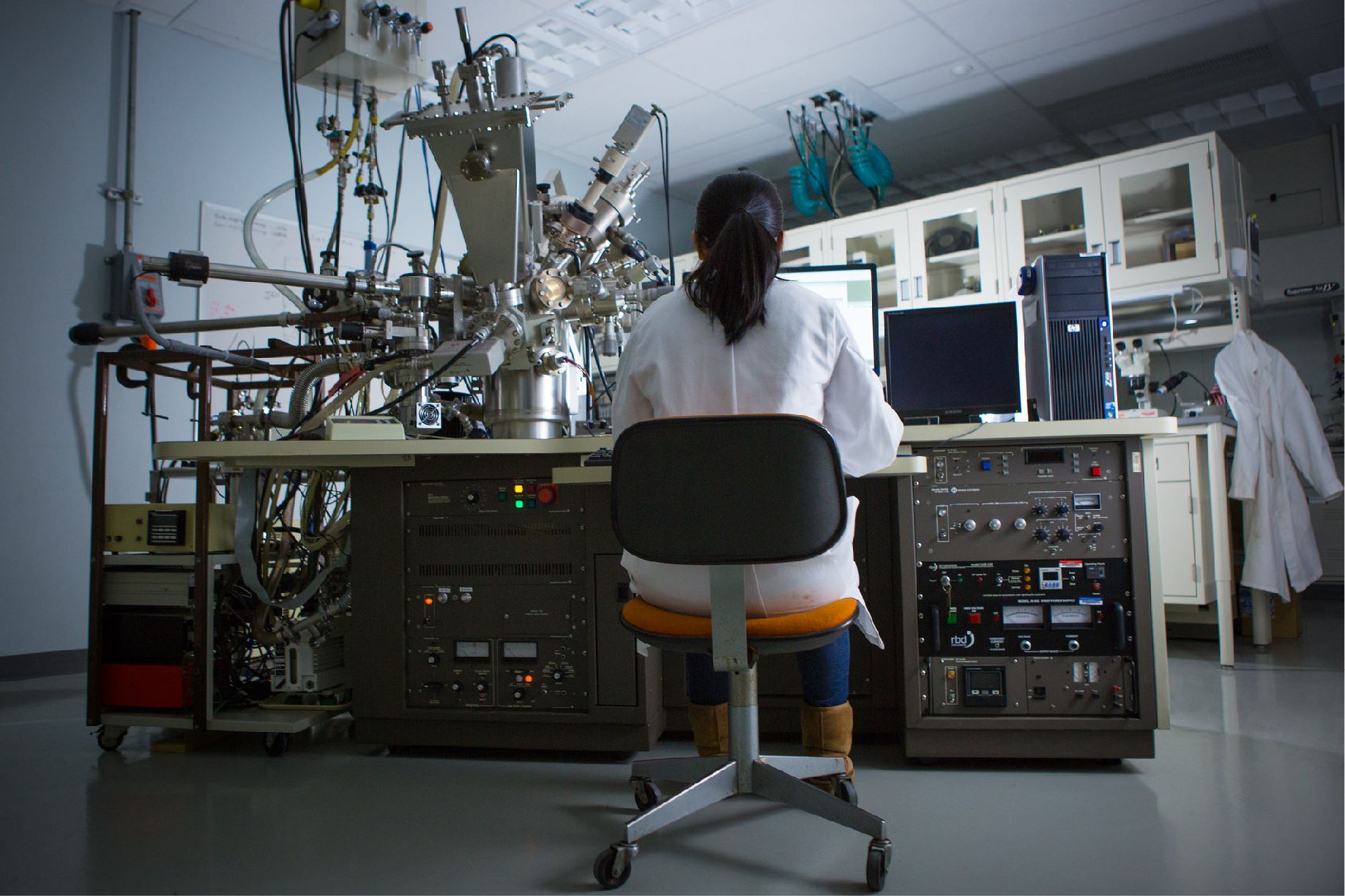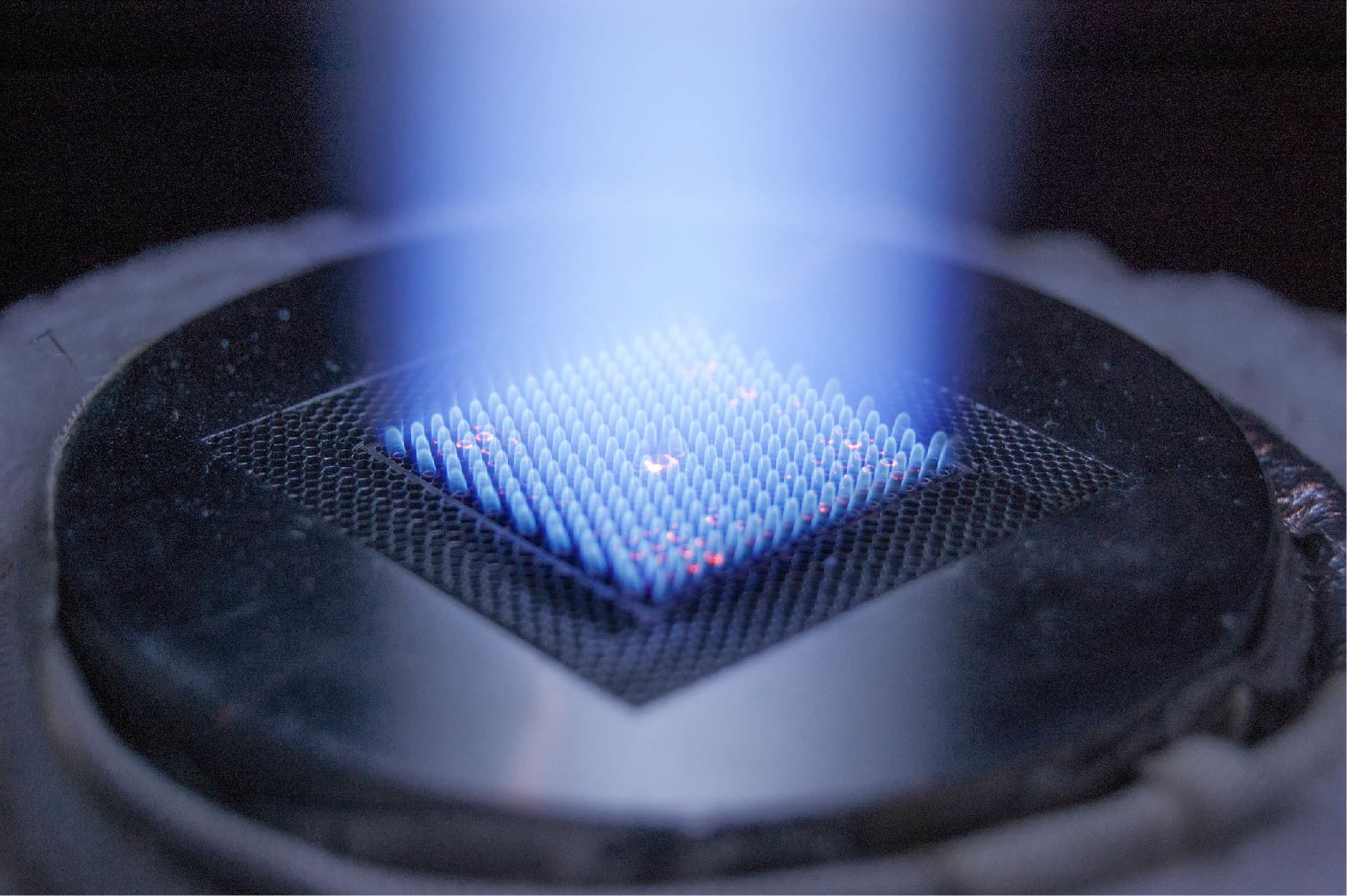High Temperature Ceramic-Carbonate Dual-Phase Membrane Reactor for Pre-combustion Carbon Dioxide Capture Lie Meng 1, Kevin Huang 2 and Jerry Y.S. Lin 1,* 1 School for Engineering of Matter, Transport and Energy, Arizona State University, Tempe, AZ 85287, USA. E-mail: Jerry.Lin@asu.edu. 2 Department of Mechanical Engineering, University of South Carolina, Columbia, SC 29201, USA. 2 Dual-phase membranes 3 Recent progress in ceramic-carbonate dual-phase MRs 5 Conclusions CO2 Capture technology in IGCC process Membrane reactor technology for WGS reaction Objective o developing a novel tubular membrane reactor (MR) made of CO2 permeable membranes (CO2 permeance > 2000 GPU and CO2 selectivity > 500) for high-temperature and highpressure WGS reaction. o producing high-pressure H2 and CO2 streams with a purity over 90% and 99%, respectively. 1 Introduction Ref.: Energy Environ. Sci., 2010, 3, 268-278 Ceramic phase materials La0.6Sr0.4Co0.8Fe0.2O3-δ (LSCF) Yttria-stabilized zirconia (YSZ) Sm0.2Ce0.8O1.9-δ (SDC) Bi1.5Y0.3Sm0.2O3 (BYS) La0.85Ce0.1Ga0.3Fe0.65Al0.05O3-δ (LCGFA) Ceramic-carbonate dual-phase (CCDP) membrane 4 Scope of the further research for CCDP-MRs We propose a novel process for CO2 pre-combustion capture that is applying a ceramic-carbonate dual phase membrane reactor with CO2 selective membrane for high-temperature WGS. Our work experimentally demonstrated that CCDP-MRs could offer a strong improvement in the CO conversion and the CCDP membranes show good CO2 permeation flux and high thermal and chemical stability under WGS reaction. Further studies will be mainly focused on the development of new membrane materials. 2018 NETL CO2 Capture Technology Project Review Meeting, Pittsburgh, August 13-17, 2018 Ref.: CLIC Innovation Oy’s Carbon Capture and Storage R&D program / Finland Pre-combustion capture Water-gas-shift (WGS) reaction: syngas is shifted to produce additional hydrogen and convert the carbon monoxide into CO2, which is at a high pressure and is later captured. H2 selective membranes 1) Palladium alloy 2) Zeolite 3) Silica based 4) Carbon molecular sieve equilibrium shift and CO conversion enhancement CO2 is concentrated at high pressure (30–35 bar) Post-combustion capture Inherent energy penalty in concentrating a flue gas at atmospheric pressure containing only 15%vol. CO2 into pure CO2 at high pressure. Major issues: • relatively low H2 permeance and H2/CO2 selectivity • limited H2 purity and recovery in the permeate stream Characteristics composed of a porous ceramic phase and a molten carbonate (MC) phase an infinite CO2 selectivity with high CO2 permeance at 600-900oC ??????2 = ???? 4??2?? ???? ??????2 ′ ??????2 ′′ CO2 transport through dual-phase membrane F is Faraday constant, L is membrane thickness, and K, the total conductance is related to the ratio of volume fraction to tortuosity, carbonate or oxygen ionic conductivity of carbonate (sub c) and ionic-conducting ceramic (sub i) phase. ?? = (??⁄??)??????(??⁄??)?????? (??⁄??)??????+(??⁄??)?????? FE0031634 Substrate geometry Disk membrane Tubular membrane Symmetric thick membrane Asymmetric thin membrane Morphology of dual-phase membrane Substrate Membrane Tubular CCDP-MRs for high-temperature WGS Research Tasks to be Performed Task 1.0 Project Management and Planning (BP1 and BP2) Task 2.0 Synthesis and Characterization of Dual-Phase Membranes (BP1) Task 3.0 High Temperature, High Pressure CO2 Permeation Studies (BP1) Task 4.0 Development of Improved Ceramic-Carbonate Dual-Phase Materials and Membranes (BP1) Task 5.0 Study on CO2 Permeation Properties of CCDP Membranes (BP1) Task 6.0 Fabrication and Characterization of CCDP Tubular Membranes (BP2) Task 7.0 Modeling and analysis of CCDP membrane reactor for WGS (BP2) Task 8.0 Studies on WGS in Improved Dual-Phase Membrane Reactors (BP2) Task 9.0 Process Design and Techno-Economic Analysis (BP2) Ref.: J. Membr. Sci., 2016, 520, 907-913. Ceramic phase materials La0.6Sr0.4Co0.8Fe0.2O3-δ (LSCF) Reaction conditions: Temperature: 800-900oC; Feed, Sweep side pressure: 1 atm; Simulated syngas: 49.5% CO, 36% CO2, 10% H2 and 4.5% N2; Feed side flow rate: syngas 10-30 mL·min-1 and N2 10 mL·min-1 , Steam to CO molar ratio 1.0-3.0; Sweep side flow rate: He 60 mL·min-1. Membrane: Ceramic: SDC; Carbonate: Li2CO3/Na2CO3/K2CO3 Outer diameter: 1.1cm; Inner diameter: 0.8cm; Thickness: 1.5 mm; Effective length: 2.5 cm; Catalyst: No. outer surface (sweep side) after long-term WGS Inner



